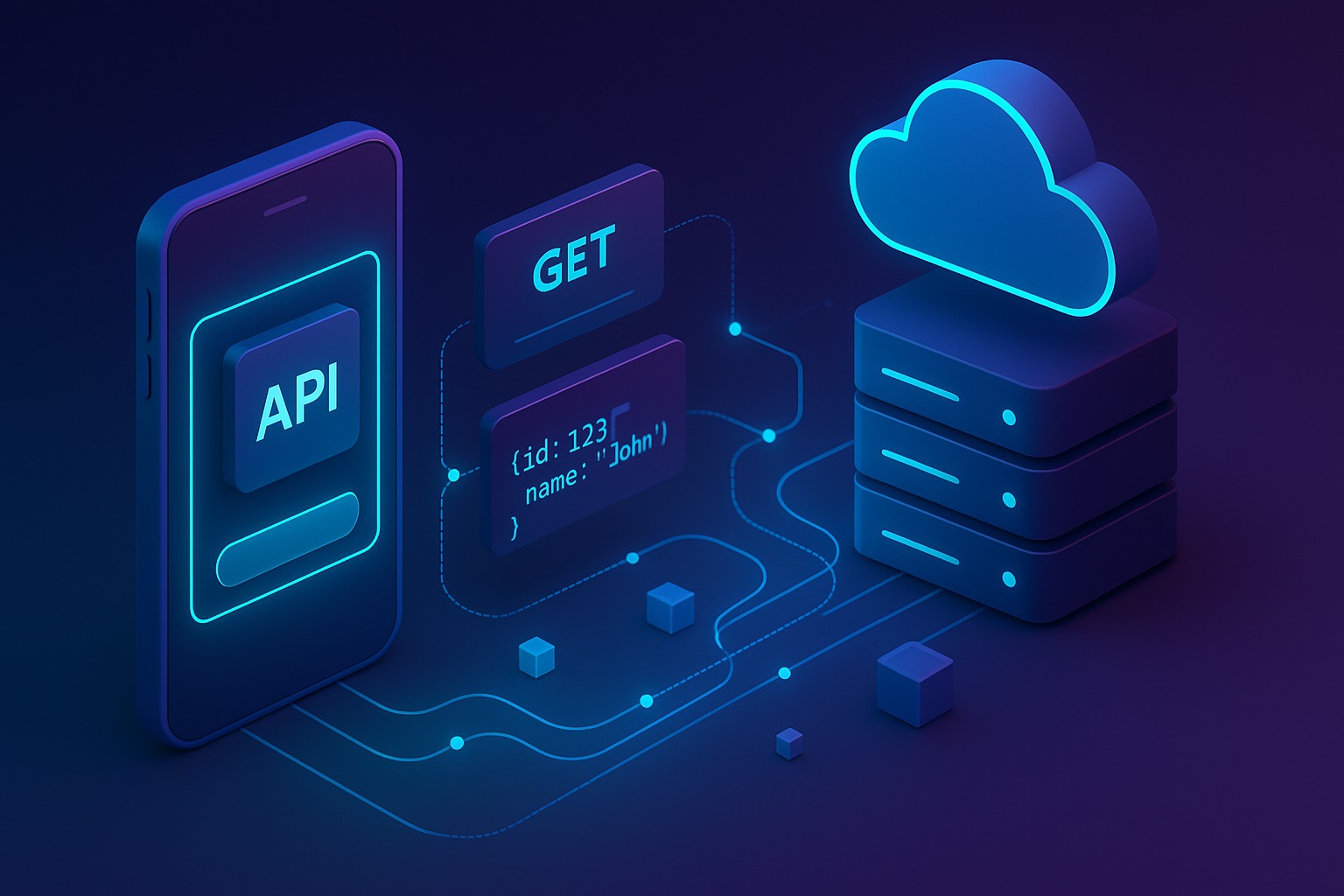In our increasingly interconnected world, data privacy has become a paramount concern. As we navigate the digital landscape, understanding the significance of safeguarding personal information is essential.
Why Data Privacy Matters
Data privacy refers to the right of individuals to control how their personal information is collected, used, and shared. With the proliferation of digital technologies, vast amounts of personal data are generated daily, making it crucial to ensure this information is protected.
The Risks of Neglecting Data Privacy
Failing to prioritize data privacy can lead to severe consequences:
• Identity Theft: Unauthorized access to personal data can result in identity fraud, leading to financial loss and reputational damage.
• Data Breaches: Organizations that do not implement robust security measures risk exposing sensitive information, affecting both consumers and businesses.
• Loss of Trust: Consumers are more likely to engage with companies that demonstrate a commitment to protecting their data.
Global Perspectives on Data Privacy
Different regions have adopted various approaches to data privacy:
• European Union: The General Data Protection Regulation (GDPR) sets stringent standards for data protection, emphasizing user consent and transparency.
• India: The Digital Personal Data Protection Act, 2023, aims to establish a comprehensive framework for data protection, recognizing the right to privacy as a fundamental right.
Steps to Enhance Data Privacy
Individuals and organizations can take proactive measures to protect personal information:
- Use Strong Passwords: Implement complex passwords and change them regularly.
- Enable Two-Factor Authentication: Add an extra layer of security to accounts.
- Be Cautious with Sharing Information: Limit the amount of personal data shared online and be wary of unsolicited requests.
- Regularly Update Software: Keep systems and applications up to date to protect against vulnerabilities.
The Future of Data Privacy
As technology continues to evolve, so will the challenges associated with data privacy. Emerging technologies like artificial intelligence and the Internet of Things (IoT) will introduce new complexities, necessitating ongoing vigilance and adaptation of privacy practices.
In conclusion, data privacy is not just a technical issue but a fundamental aspect of our digital lives. By understanding its importance and taking deliberate actions to protect personal information, we can navigate the digital age with greater confidence and security.
1. Tableau
Why it leads in 2025:
Still one of the industry’s gold standards, Tableau remains a powerhouse in visual analytics. It offers user-friendly dashboards, real-time data updates, and AI-powered features that recommend visualizations automatically.
Top Features:
- Drag-and-drop interface
- Native integration with Salesforce
- AI-generated insights (Tableau Pulse)
- Real-time data exploration
Best for: Enterprises, analysts, and data-heavy organizations.
2. Microsoft Power BI
Why it’s booming:
Power BI continues to dominate in 2025 thanks to its seamless integration with Microsoft products and its robust capabilities at an affordable price point.
Top Features:
- Real-time dashboards
- Native Excel and Azure integration
- Natural language query feature
- AI visuals and predictive analytics
Best for: Mid-to-large businesses using Microsoft Office 365.
3. Looker (by Google Cloud)
Why it matters:
Looker has grown as a preferred option for cloud-native teams and businesses operating within the Google Cloud ecosystem. It’s also praised for its customizable and scalable approach to embedded analytics.
Top Features:
- SQL-based data modeling
- Embedded analytics support
- Integration with BigQuery, Google Sheets, and more
- API-friendly for developers
Best for: Data teams focused on custom reports and scalable cloud solutions.
4. Qlik Sense
Why it’s unique:
Qlik’s associative data model lets you explore data in any direction, helping you uncover hidden relationships without predefined queries. It’s AI-powered, intuitive, and secure.
Top Features:
- Augmented analytics with AI
- Multi-source data integration
- Interactive visual storytelling
- Responsive, mobile-first dashboards
Best for: Enterprises needing high data flexibility and speed.
5. Domo
Why it stands out in 2025:
Domo has evolved into a full-fledged business intelligence platform that’s ideal for real-time collaboration and data sharing across teams—even on mobile.
Top Features:
- Cloud-native platform
- Drag-and-drop app builder
- Built-in connectors for 1,000+ data sources
- Real-time alerts and updates
Best for: Businesses looking for all-in-one BI + collaboration tools.
6. Zoho Analytics
Why it’s rising:
Affordable, feature-rich, and easy to use, Zoho Analytics is gaining traction among small and medium businesses looking for self-service BI tools without a steep learning curve.
Top Features:
- AI-powered assistant (“Zia”)
- Cross-platform data connectors
- Drag-and-drop dashboard builder
- White-labeled analytics for agencies
Best for: SMBs and startups.
7. Google Data Studio (now Looker Studio)
Why it remains relevant:
Renamed Looker Studio, this free tool is perfect for marketers, startups, and small teams. Its native integration with Google products makes reporting fast, smooth, and visually impactful.
Top Features:
- 100% free
- Works seamlessly with Google Ads, Analytics, Sheets
- Easy-to-use visual editor
- Collaboration-friendly
Best for: Digital marketers and small teams needing fast, visual reporting.
Choosing the Right Tool in 2025
When selecting a data visualization tool, consider:
- Budget: Free tools like Looker Studio vs. enterprise tools like Tableau
- Data Sources: What platforms you need to connect to
- Skill Level: Some tools require more technical knowledge (Looker, Qlik)
- Collaboration Needs: Whether you need real-time team access
- Customization: From simple dashboards to complex, custom visualizations
Final Thoughts
In 2025, data visualization is more than just charts—it’s about telling stories with data. With AI-driven insights, interactive dashboards, and cloud-native features, today’s tools are designed to help everyone—regardless of skill level—make smarter, faster decisions.
Whether you’re leading a team, managing marketing reports, or tracking KPIs, there’s a tool on this list that fits your workflow. Explore your options, test a few platforms, and turn your data into decisions.




